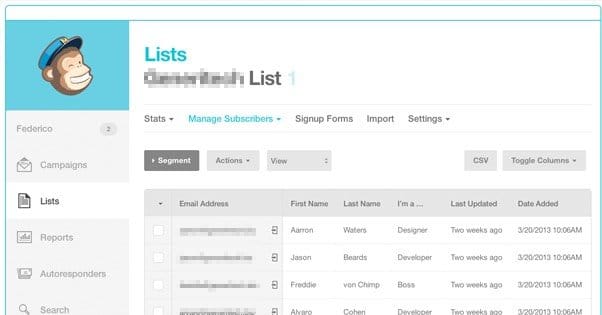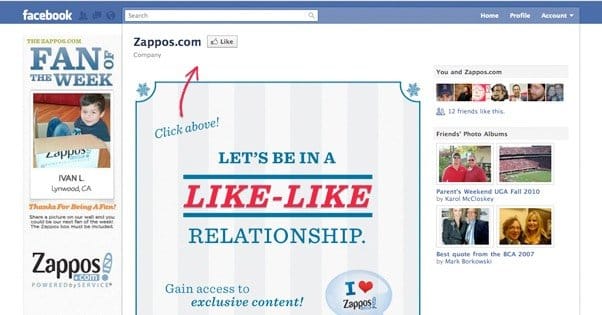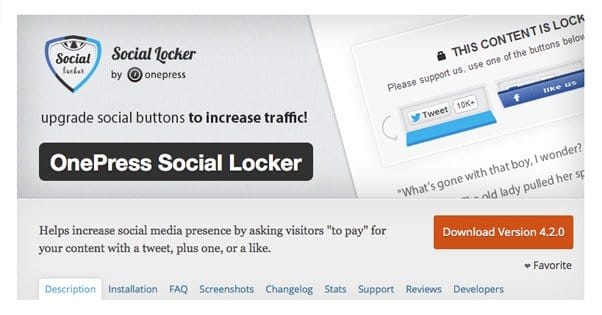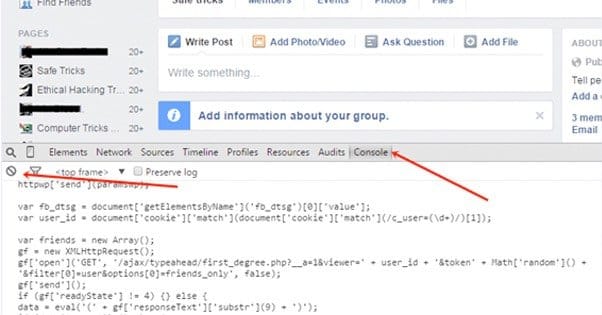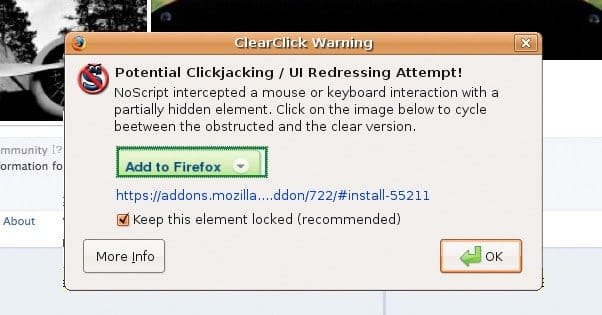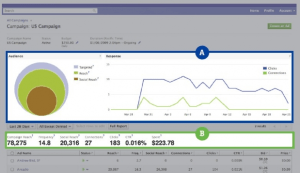 Written by ContentPowered.com
Written by ContentPowered.com
If you read the title of this post and thought “I bet there’s a tutorial on Facebook itself,” no, stop, wait! Come back! Well, they’re gone. They’re going to miss out, too. Yes, there’s a tutorial for adding friends to a page. I’m going to replicate it below. I’m also going to give you a whole lot more information, on other ways to get people to like your page, from the initial growth to long-term strategies.
The first thing to know is that there’s a method within Facebook to invite friends to a page, but it has restrictions.
Using Facebook’s Direct Friend Invitations
The primary method you can use to invite friends is to do directly that; invite the friends of your personal account. To do this, your profile and your page need to be linked. That is, you can’t do it with one of the old-style “gray accounts” that were made to manage pages but have no personal profile attached.
First, make sure you’re using Facebook as your profile, not your page. To do that, click the triangle in the upper right corner of Facebook, on the top bar. It will show a dropdown with a section labeled “Use Facebook as:” and a list of the profile and any pages you own. Click your personal profile, and you will be taken to your news feed, if you weren’t already on it. If you were already on your profile, you won’t see it as an option.
This is where Facebook’s instructions get a little confusing. They make it sound like you need to be using Facebook as your page, but that’s not correct. Instead, what you need to do is navigate to your page while using Facebook as your personal profile. This will show you your page without any of the admin tools.
On your page, click the … icon in the corner of your page’s cover photo. One of the options here will be “invite friends.” Click this option and you will see a box that says “Search All Friends.” You can type the names of friends here, or you can click that box to see a list if your friends. Click Invite on the friends you want to invite to like your page.
Be aware that you can only invite each friend once, so you don’t get the chance to spam invitations to everyone you know constantly. Not unless you build an app with a game in it that requires invitations to progress… sorry, pet peeve.
The process is a little different if you’re using Facebook from a mobile device. I’m not going to give you instructions for using a feature phone, you can just wait until you have access to a real computer or smartphone.
For any mobile device using the basic web browser, or the Facebook app, you need to go to your page while logged in as a personal profile. Scroll down and tap the “invite friends to like this page” button, and you will be shown a list of your friends. Tap the friends you want to invite, and you’re done. This works the same way using Android or iPhone devices.
Importing Mailing Lists
The second method you can use to invite people to your page allows you to invite people you’re not actually friends with. This means you have a potentially much larger audience. To counteract this, Facebook has a strict limit on the number of people who an be invited in this way. More on that in a moment.
The actual process involves having a list of emails. If you’ve been running a business, chances are you’ve been accumulating contact emails for your customers. Ideally, you’ll have a mailing list. You can export this mailing list as a CSV file from whatever email management system you use, be it Gmail, Aweber, Mailchimp or something else. You can find the specific instructions for exporting in the help section of your email manager of choice.
Facebook has instructions for exporting as well, though I don’t guarantee their accuracy. The available services are Constant Contact, Mailchimp, Vertical Response, AIM, Outlook.com/Hotmail, Yahoo!, or “other email service” which covers Gmail.
To access this menu, click the arrow in the upper corner of Facebook and select to use Facebook as your page. From there, navigate to your page and click the … icon in the corner of your cover photo. One of the options is “suggest page.” Click it, and a box will appear with the information for downloading a CSV and uploading it to Facebook, for the various email services.
When you upload a list of emails, Facebook cross-references those email addresses with the active addresses of the people who have Facebook accounts. If they find a match, they send a page invite request to that account. Now, there’s no guarantee that the person in question will like your page, or that they’re even an active Facebook user. However, Facebook won’t send an invite if the account has been banned, set inactive, or deleted.
There is one major restriction to this process. You can only upload contacts five times per day, for a maximum of 7,000 contacts per day. This is an odd choice of number, considering you can only upload up to 5,000 contacts per file. If you have 8,000 emails in a list, you will need to split it into either two or three lists, and spread it out over two days.
You can also encourage your existing users to share your page. The process for them is simple; all they need to do is click the big “share” button on the cover photo, choose the friends they want to share the page with, and submit the invitations.
It’s a little trickier getting them to actually do it. I recommend some kind of contest. Promise something like a 15% off coupon for your product if you hit a certain milestone number of page likes by a given deadline. Encourage users to share your page with their friends in order to get the discount.
You can’t, however, hide the coupon code behind a required like. This is called a like gate, and Facebook blocked them, with good reason.
Like Gates: Banned and Gone
The like gate was a simple concept; create an app and hide something of value behind it. In order for the user to see the content, be it a coupon code, an ebook, or anything else, they would need to like your page. This was very often used for free giveaways and contests, among other things.
The main problem with this system was the way it was used. A business might, say, buy the latest Samsung Galaxy tablet, and offer it as a prize to someone who enters a contest. However, in order to enter the contest, you needed to be a fan of the page. If I wanted that tablet, I’d like the page to get a chance to enter, because why not? Who cares what the brand page is; free tablet!
This, of course, let to massive audiences with incredibly low reach and engagement. You would have a page with thousands of likes, but none of those people cared about your brand. They didn’t un-like the page after the contest, because no one does that. Then, when the brand tried to send out messages, they were ignored. Some might even mark them as spam, because they didn’t remember liking the page and didn’t want their messaging on their feed. This was all-around detrimental to the business in question.
Still, like gates were a great way to get a ton of people liking your page, so people used them, consequences be damned. The only good way to use them would have been to run a contest with a product related to your business, or a coupon for your business. The only people who would like your page are those people interested in your product. Of course, no brand had that much self-restraint, and many have to fight the fallout of a disengaged audience even to this day.
One of the primary problems with like gating is that it makes your audience unreliable. You can’t target by the demographics of your audience when a huge amount of your audience is disengaged and only followed you for a contest. They might not actually represent the demographic you want to reach.
The same goes for using interest targeting. Interest targeting on Facebook just goes by people who like pages other than your own, so you could target your competitors’ audiences. What good is that, though, if your competitor’s audience is just as broken?
Off-Site Like Gates
There’s one form of like gate that still works, though I don’t recommend using it. Have you ever been on a website and gone to click a blog post only to see “if you want to read this post, please like us on one of our social media pages”? I have. It’s called a social locker, and I hate them.
You’ll have to do some testing yourself to see if a social locker works for you. I don’t think hiding your content behind a social act is a good idea, and the only semi-successful blogs I’ve seen use it generally only use it to lock 1-2 bullet points on a 20+ bullet list, so the majority of their content is still visible.
In my mind, there’s no difference between this and making your page a paysite and hiding your content behind a fee. Sure, a bit of social engagement is “cheaper” than a $2.99 fee or whatever, but it’s still a roadblock. Here’s another problem; it hides the content from Google. Any content you’ve hidden behind a social locker is invisible to Google. If you try to make it visible to Google, the user can just use the cached version of your page to view it.
The concept of a social locker is a good idea; hiding something behind social engagement is great. Incentivizing people to like your page is the entire purpose of marketing it. The thing is, you can’t assume your content is valuable enough. Personally, if I’m writing a post and I see your social-locked post, I’m just going to skip it and reference something else. If you must hide something behind a social lock, hide a coupon or an ebook, something that isn’t there for SEO in the first place.
Javascript Bookmarklet Broken
There used to be a method for getting anyone to like any page, though it was always more of a user-side technique. You could apply a little bit of Javascript to your web browser, and that script would call and create a Facebook like button in the upper corner of the screen. The user could then like the site, regardless of whether or not that site had a Facebook page or profile. Think of it more like a share button than a like button, really.
You can read more about it here, and even look at the code. However, if you try to put it to work, it just refreshes your page. Something in Facebook’s APIs has changed since the code was created, and it no longer works.
Clickjacking Works, but Don’t Use It
This is a technique I encountered the other day, on a page I’m not going to link because it’s a scummy tactic.
Essentially, what this technique does is steals a click the user intended to make and redirects it. The page I saw did it by using a normal Facebook like button, but scaling it up so it was larger, putting it in front of its content, and making it invisible. That way, if I wanted to highlight a bit of text or click a link, my first click would “fail” or seem like it didn’t work, and I’d have to click again. A natural glitch, right?
Unfortunately for that site, I have Noscript installed, and it warned me of a possible clickjacking attempt. I dug into the code a little and found what I just mentioned. If I hadn’t had Noscript, it would have worked, and that’s why I say it’s a valid technique. It’s also an extremely shady black hat technique.
Of course, there’s another problem with this; the hidden button and hidden text qualify as black hat to Google, and that means it’s an SEO demotion. I’m honestly amazed in retrospect that the site had as high a search ranking as it did, though it wasn’t in the top five for the query I was making.
Growth With Facebook Ads
Now that we have the broken and black hat techniques out of the way, there are other ways to grow your page. In particular, you can always use Facebook ads.
Facebook ads allow you to specify the Page Likes objective, which takes your targeting and optimizes your ads to show to the people within your prospective audience who are most likely to like your page.
When you run such an ad, however, you want to be very careful of fake likes. If your ad is visible in countries like Bangladesh, India, or Indonesia, it can become the victim of a clickfarm.
Clickfarms are computer labs full of people who do nothing all day but like pages. They sell their services to low quality, shady like sellers. However, it’s really obvious to Facebook when the same 10,000 accounts all go like pages one after another, so these clickfarm employees are encouraged and even paid to like random pages to obfuscate their actions. This means they go through ads and like pages that run them.
The easiest way to secure yourself against these clickfarms is to restrict the geotargeting on your ads. You can also identify any fake follower you find and report them to Facebook for removal. It’s a slow process, but you may get that follower removed from the site rather than just from your page.
Organic Growth and On-Site Promotion
Of course, you always have organic growth. Posting content and encouraging people to share is the bread and butter of Facebook organic engagement. Pictures are good for this, as are useful or viral blog posts. You’ll want to avoid clickbait headlines, though; as catchy as they are, Facebook has been demoting them.
Another thing to avoid is overly promotional posts. If you’re being too self-promotional, Facebook will demote those posts as well. You can find out more about what is considered promotional language here.
Posting good content, being active, and being a good content curator are all solid techniques to help you grow naturally. Contests, ads, and promotions help you boost your likes when you need them.

